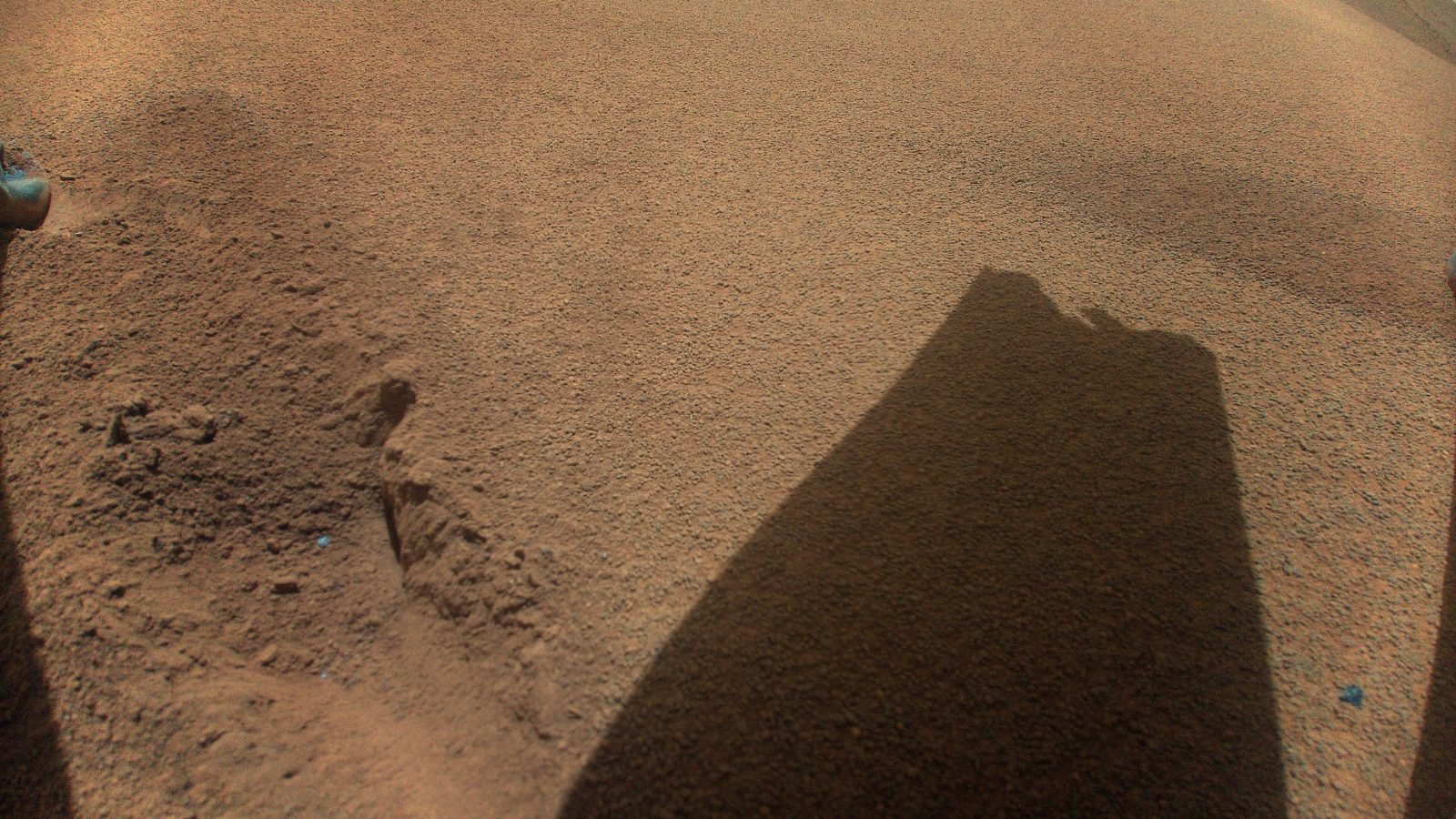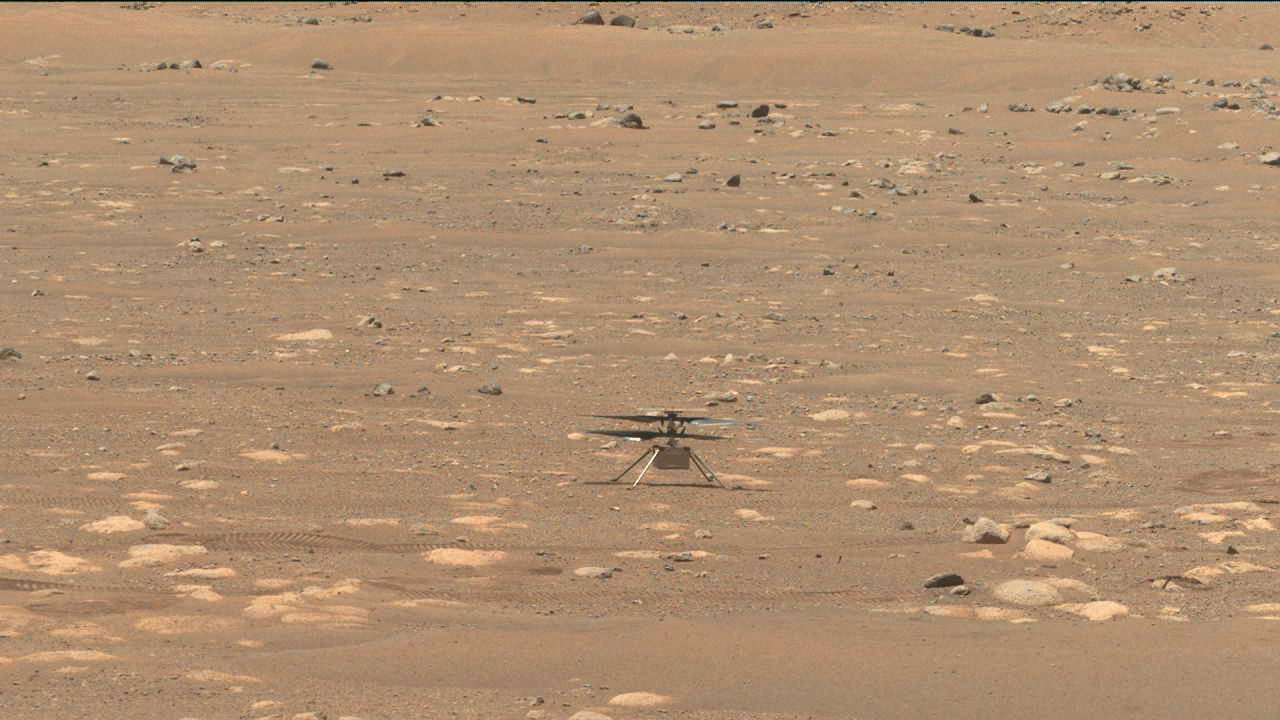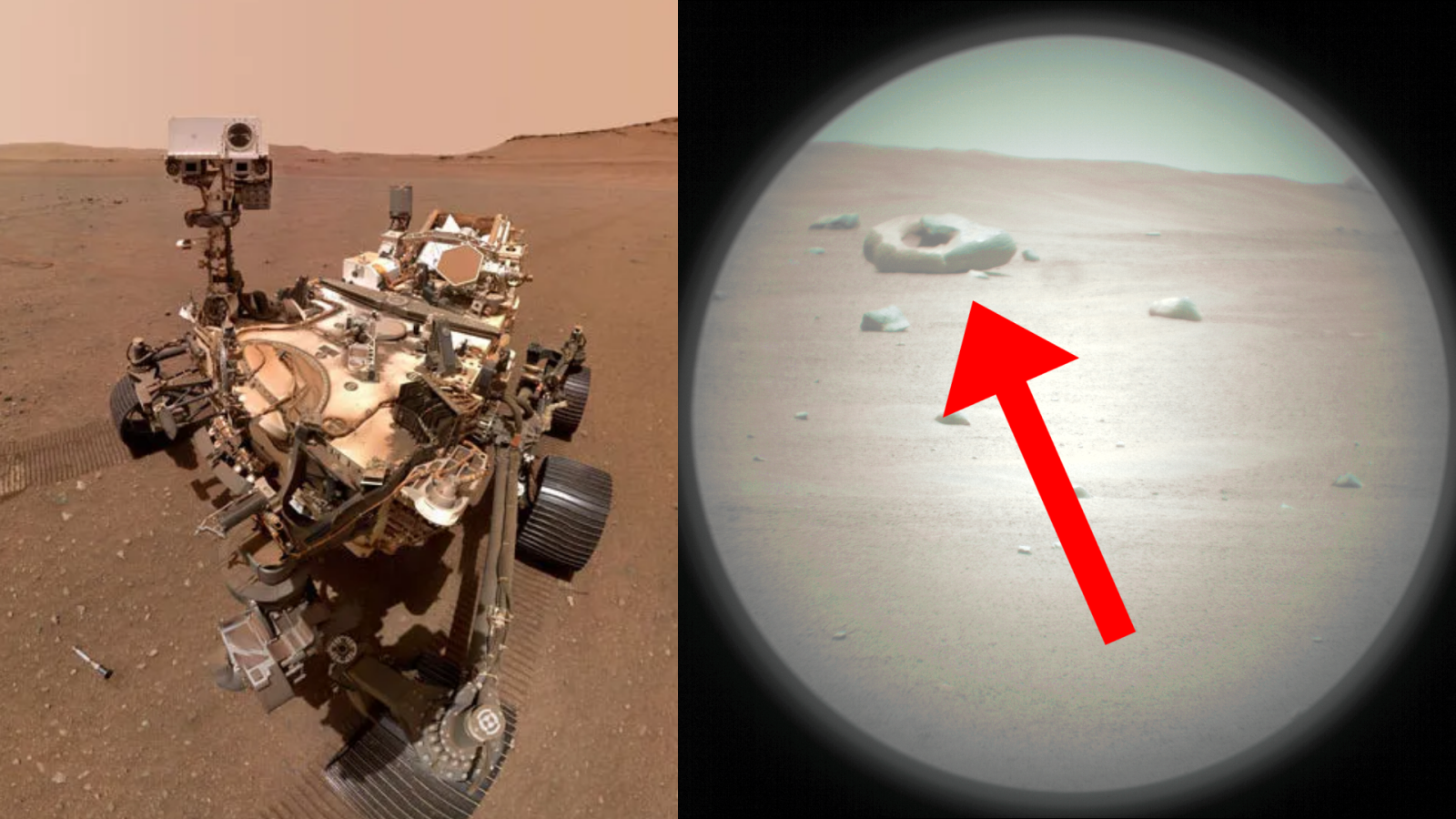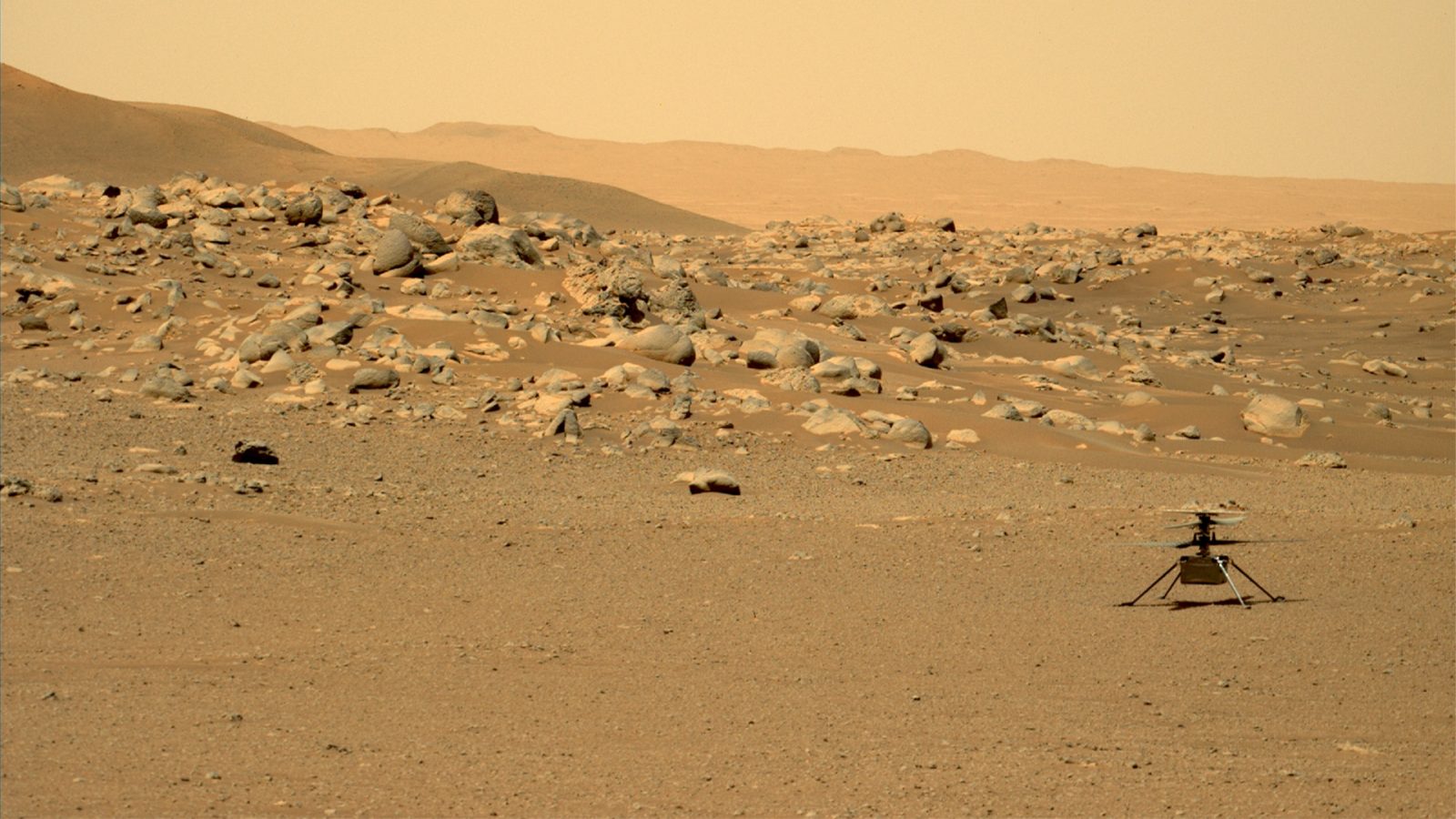Ingenuity’s mission is complete after 72 flights on Mars

The little helicopter that could, and did, has flown its last mission after damaging one of its carbon fiber propeller blades. After three years of flying, Ingenuity totaled 72 total missions of its planned, five test flights, making it one of NASA‘s greatest achieving missions on the red planet.
Expand Expanding Close








